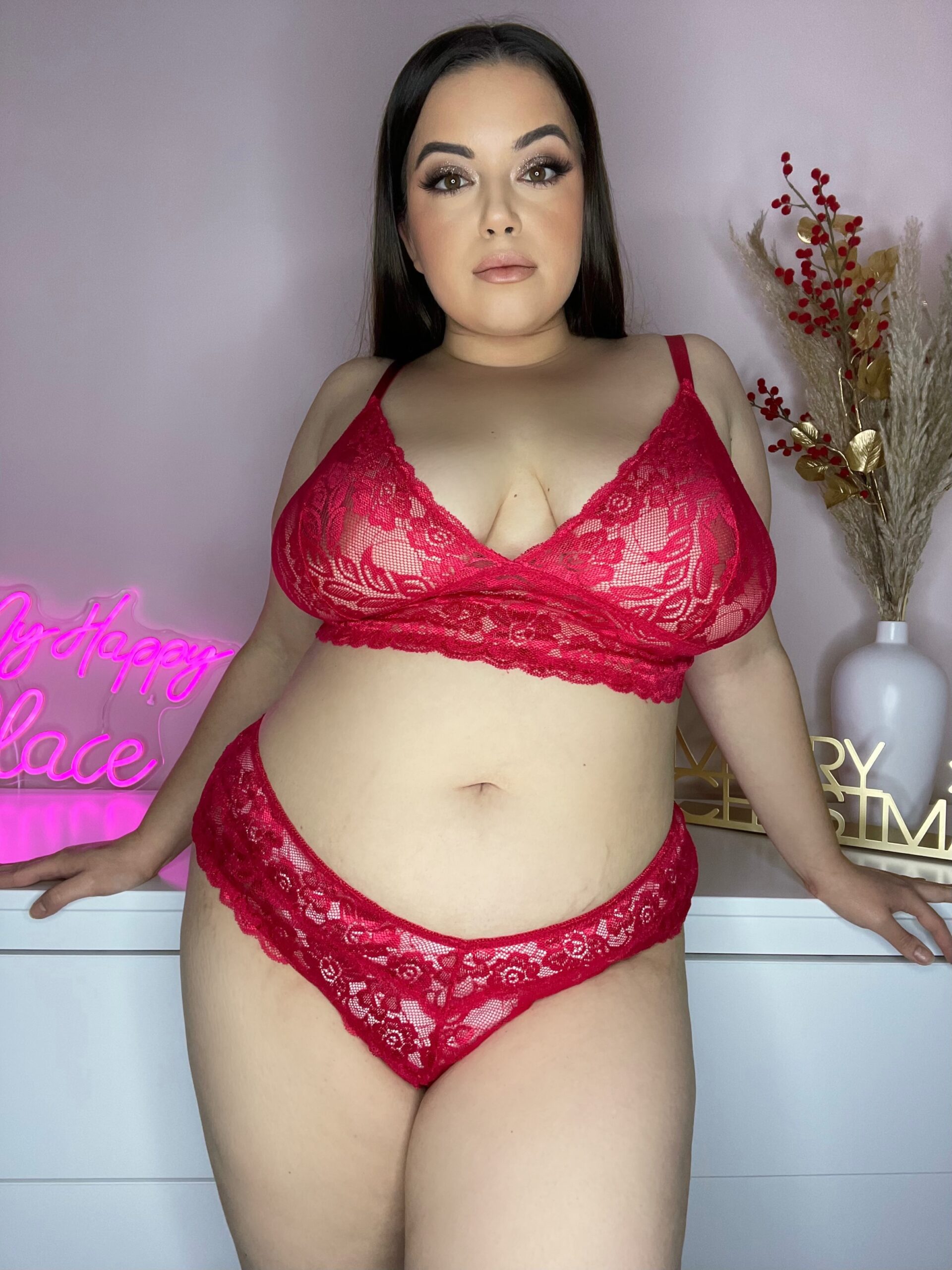Origins of Cupping
Cupping has its roots in ancient civilizations, with evidence of the practice dating back to around 2000 BCE in China’s Shang Dynasty. Initially used as a form of medical treatment, cupping involved the application of heated cups to specific areas of the body to relieve pain and promote healing. Over time, cupping evolved into various forms, including traditional Chinese medicine (TCM) and other cultural practices.

History and Cultural Significance
The practice of cupping has its roots in ancient civilizations, with evidence of its existence dating back over 3,000 years to the earliest recorded medical practices in Egypt and China.
In traditional Chinese medicine, cupping is known as “huaxia” or “kuan”, and involves creating a vacuum inside a cup to stimulate blood flow and promote healing. The practice was used to treat a range of ailments, including pain relief, digestive issues, and respiratory problems.
Cupping soon spread to other parts of Asia, including Japan, Korea, and Southeast Asia, where it evolved into various forms of the practice. In Africa, cupping was also adopted and incorporated into traditional healing practices.
Despite its long history, cupping experienced a decline in popularity in the Western world during the 19th and 20th centuries, as modern medical practices became more widespread. However, in recent years, there has been a resurgence of interest in traditional therapies like cupping, particularly among practitioners of alternative medicine.
Cupping has also gained cultural significance in various forms of art and expression. In some African cultures, cupping is performed as a form of ritualistic healing, while in others it is used as a decorative element in traditional ceremonies. The practice has also been adopted by modern artists and designers, who use cupping-inspired designs in fashion, jewelry, and other creative mediums.
Today, cupping is practiced worldwide, with many practitioners incorporating sensual and erotic elements into their treatments. This fusion of ancient traditions with modern sensuality has given rise to a new generation of “cupping fetish” enthusiasts, who seek out the practice for its relaxing and indulgent qualities.
The cultural significance of cupping as a fetish is multifaceted, reflecting both the traditional healing properties of the practice and its modern associations with intimacy and pleasure. Whether used for therapeutic purposes or purely for sensual gratification, cupping has evolved into a unique and captivating form of self-care that continues to captivate audiences around the world.
Cupping Techniques
Cupping, an ancient healing practice originating from traditional Chinese medicine, has been gaining popularity worldwide for its unique combination of physical and emotional benefits. Traditionally used to promote blood flow, relieve pain, and balance the body’s energy, cupping involves the creation of suction on the skin using cups made of glass, plastic, or leather. In recent years, this ancient practice has taken a sensual turn, as therapists have incorporated more intimate and indulgent elements into their treatments, blurring the lines between physical healing and emotional connection.
Types and Methods
Cupping therapy has been practiced for centuries, originating from ancient civilizations in Egypt, China, and Turkey. This traditional practice involves creating suction on the skin to promote blood flow, relax muscles, and stimulate lymphatic drainage. In recent years, cupping has gained popularity worldwide, with many practitioners incorporating modern twists into their techniques. As a result, cupping has evolved into various styles and methods that cater to diverse needs and preferences.
Cupping Techniques:
- Fire Cupping:
- Massage Cupping:
- Electro-Magnetic Cupping:
In this traditional method, a heated glass cup is applied to the skin, creating suction as the air inside cools. This technique is often used to relieve pain, reduce inflammation, and promote healing.
A soft cup is rubbed or massaged onto the skin in circular motions, stimulating muscles and increasing blood flow.
A non-invasive technique that uses electromagnetic fields to create suction, without the need for a flame or heat source.
Cupping Methods: Various styles have emerged, each with its unique approach and benefits. Some popular methods include:
- Acupressure Cupping:
- Craniosacral Cupping:
- Myofascial Release Cupping:
A fusion of traditional Chinese medicine and cupping therapy, focusing on specific acupoints to balance the body’s energy.
A gentle technique that targets the craniosacral system, used to release tension and promote relaxation.
A method that applies sustained pressure to connective tissue, releasing restrictions and improving range of motion.
Cupping Fetish: Traditional Practices with a Sensual Twist

Cupping and Sensuality
Cupping, an ancient healing practice originating from China, has long been misunderstood and stigmatized in Western cultures. For centuries, it was used to treat various ailments, from pain relief to digestive issues, by creating suction on the skin to stimulate blood flow. However, as modern sensuality continues to evolve, so too does its relationship with intimacy and desire.
Blending Traditions
Cupping has been a revered practice for centuries, originating in ancient China as a form of traditional medicine. The technique involves creating suction on the skin to stimulate blood flow and promote healing. However, in recent years, cupping has evolved into a sensual experience, blending traditional practices with modern sensuality.
One way this is achieved is through the use of scented oils and lotions, which are applied to the skin before the cupping treatment begins. This not only enhances the sensory experience but also provides a deeper connection between the practitioner and client. As the cup is applied and removed, the sensation of the oil being drawn into the skin creates a pleasurable tingling effect.
Another approach is to incorporate elements of sensual massage into the cupping practice. The therapist may use long strokes and gentle pressure to stimulate the skin, creating a sense of relaxation and intimacy. This fusion of techniques allows the client to surrender to the experience, allowing themselves to fully immerse in the sensations.
In some traditions, cupping is also used as a means of self-discovery and exploration. Practitioners may use mirrors or other tools to create an immersive environment, inviting clients to explore their own bodies and desires through the sensation of the cups.
Cupping for Sensuality
Cupping, a traditional healing practice rooted in ancient cultures, has been reimagined as a sensual experience that combines physical intimacy with emotional connection. By combining elements of massage, breathwork, and ritualistic practices, cupping fetish has emerged as a unique form of sensuality that celebrates the union of body, mind, and spirit.

Benefits for Pleasure and Relaxation
Cupping has long been practiced for its therapeutic benefits, but in recent years, it’s taken on a new dimension – one that emphasizes sensuality and pleasure. This ancient technique, originating from China, involves creating suction on the skin to stimulate blood flow and relax tense muscles. When done with a sensual twist, cupping can become an intimate and enjoyable experience for both partners.
For those looking to explore this aspect of cupping, it’s essential to approach the practice with care and communication. The first step is to establish a safe and comfortable environment, free from distractions and interruptions. This allows individuals to fully relax and focus on the sensation of the cups being applied.
The benefits of sensual cupping extend far beyond physical relaxation. It can also foster a deeper connection between partners, promoting trust and intimacy. As the cups stimulate sensitive areas, couples can work together to create a symphony of sensations, exploring each other’s bodies and desires in new and exciting ways.
One of the primary benefits of sensual cupping is its ability to heighten sensitivity and arousal. By increasing blood flow and relaxing tense muscles, the technique can make even the most mundane areas of the body feel incredibly sensitive. This can lead to newfound pleasure and enjoyment, as individuals discover new sources of sensation and intimacy.
Regular practice can also have a profound impact on overall well-being, reducing stress and promoting relaxation. As the cups create suction on the skin, they help to calm the mind and soothe the body, leaving individuals feeling tranquil and at ease. This makes sensual cupping an ideal activity for couples looking to unwind and reconnect after a long day.
Ultimately, sensual cupping is about exploring the intersection of pleasure, relaxation, and intimacy. By combining traditional techniques with a modern twist, individuals can experience a new level of depth and connection in their relationships. Whether used alone or shared with a partner, cupping has the potential to revolutionize the way we experience sensuality and relaxation.
Safe and Consensual Practices
Cupping has been a traditional practice for centuries, originating from ancient civilizations in Egypt, China, and Turkey. It involves creating suction on the skin to stimulate blood flow, relieve pain, and promote relaxation. While cupping is often associated with healing and wellness, it has also evolved into a sensual experience, blurring the lines between therapy and intimacy.
Hygiene and Boundaries
Cupping therapy has been used for centuries in various cultures to promote relaxation, improve circulation, and relieve pain. In recent years, it has gained popularity as a form of sensual massage, often referred to as cupping fetish. While traditional cupping practices involve creating suction on the skin to stimulate blood flow, modern practitioners have adapted this technique to incorporate elements of BDSM and kink.
Establishing clear communication and boundaries is essential in any type of intimate or sensory practice, including cupping fetish. This includes discussing desires, limits, and preferences with your partner before engaging in any activity. It’s also crucial to prioritize hygiene and cleanliness throughout the entire process.
- Before each session, ensure that all cups and equipment are thoroughly cleaned and sanitized using soap and water.
- Use a lubricant to reduce friction and make the experience more comfortable for your partner.
- Start with gentle suction and gradually increase pressure according to your partner’s comfort level.
A safe word or signal is also essential in case your partner becomes uncomfortable or needs to stop the activity at any time. This allows both parties to communicate effectively and ensure a positive experience for everyone involved.
It’s also important to note that cupping fetish should never be used as a form of coercion or pressure. Both partners should be fully consenting adults who are comfortable with the activities involved. By prioritizing open communication, hygiene, and boundaries, you can create a safe and enjoyable space for exploration and intimacy.
- Education is key: Take the time to learn about cupping fetish, its history, and different techniques used in modern practice.
- Respect boundaries: Prioritize your partner’s comfort and consent above all else.
- Hygiene is essential: Ensure that all equipment is properly cleaned and sanitized between uses.
Buy Fairy products for magical and intimate fun at Peaches and Screams Buy fetish stockings and leggings for edgy and sexy looks at Peaches and Screams Buy cheap vibrators for affordable pleasure at Peaches and Screams Buy crotchless tights for thrilling, intimate play at Peaches and Screams Buy deep thrusting vibrators and thrusting sex machines for a dynamic experience at Peaches and Screams
A Glossy Life Blog Madison Art Therapy Tableau Consulting LLC Tableau Consulting LLC Goonie Yoga and Therapy
- Why Does My Tear Trough Filler Look Bad? - November 9, 2025
- What Is The Difference Between Jawline Fillers And Chin Fillers? - November 6, 2025
- What Are The Best CBD Gummy Sweets For Relaxation - November 5, 2025
